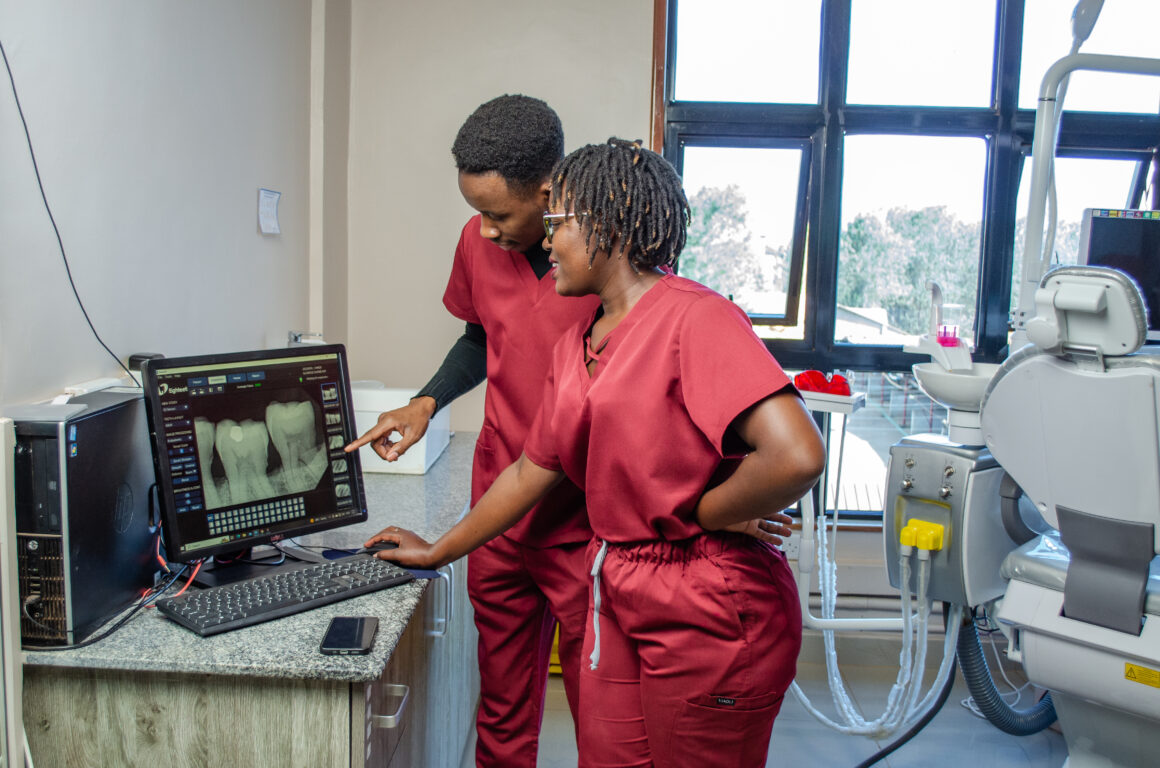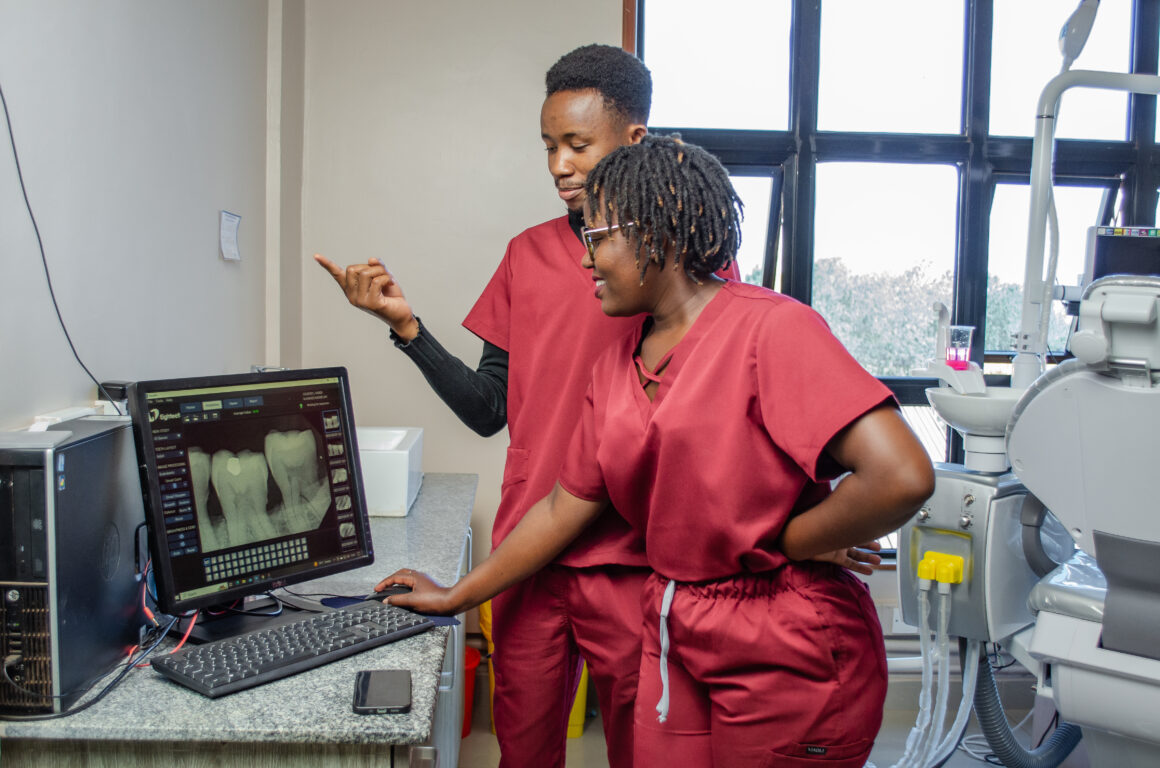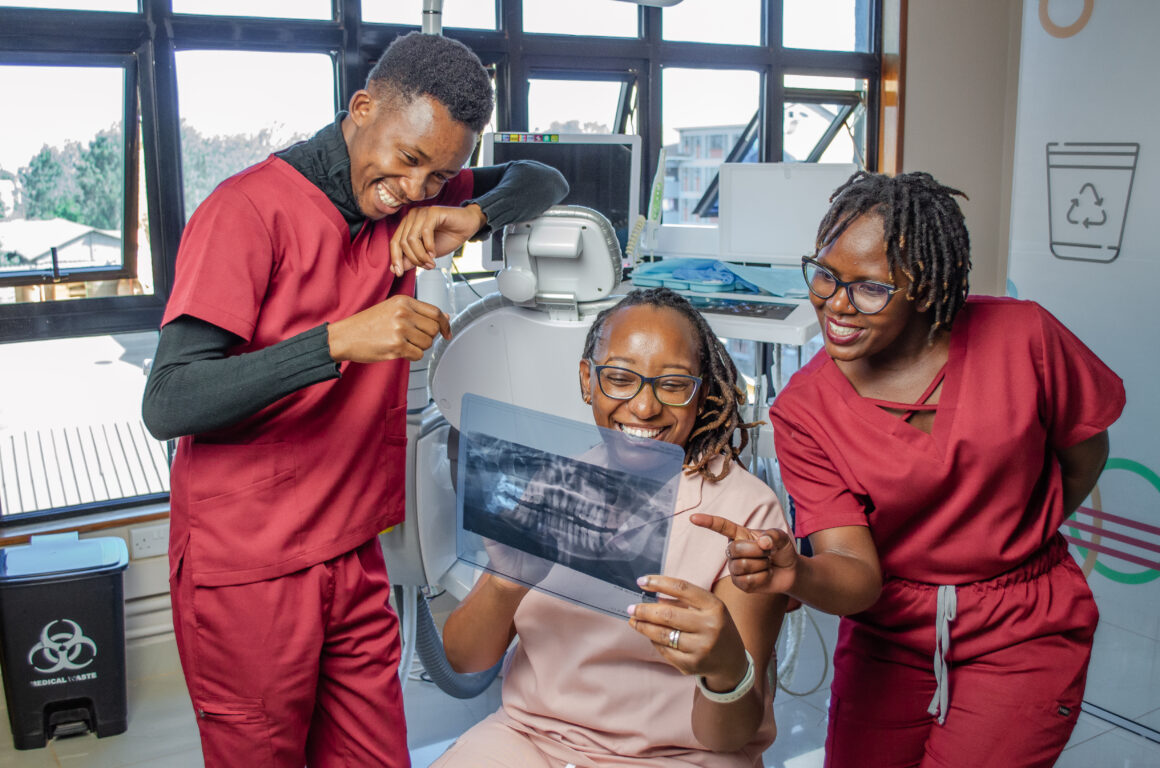Diseases of dental tissues can affect the health and function of teeth and gums, as well as the overall quality of life. Some common diseases of dental tissues include dental caries, periodontitis, oral cancer, and genetic disorders. To diagnose these diseases, dental professionals need to use a combination of clinical skills, imaging modalities, and laboratory tests.
Clinical skills involve taking a detailed medical and dental history, performing a thorough oral examination, measuring pocket depths between teeth and gums, and looking for signs of plaque and tartar buildup, bleeding, inflammation, infection, or abnormal growths. Clinical skills also include formulating a differential diagnosis based on the signs and symptoms presented by the patient.
Imaging modalities include dental X-rays, which can show bone loss or damage caused by periodontitis or oral cancer. Other imaging techniques such as computed tomography (CT), magnetic resonance imaging (MRI), or ultrasound may be used to assess the extent and location of tumors or lesions in the oral cavity or surrounding structures.
Laboratory tests include taking samples of saliva, blood, tissue biopsy, or microbial culture to detect the presence of bacteria, viruses, fungi, or other pathogens that may cause oral infections or diseases. Laboratory tests can also identify genetic mutations or abnormalities that may be associated with inherited disorders affecting dental tissues.
The diagnosis of diseases of dental tissues is essential for planning appropriate treatment options and preventing complications. Treatment may involve scaling and root planing to remove plaque and tartar from teeth surfaces and below the gumline; antibiotics to control bacterial infection; flap surgery or soft tissue grafts to repair damaged gums; fillings, crowns, bridges, implants or dentures to restore missing or decayed teeth; chemotherapy or radiation therapy to treat oral cancer; gene therapy or stem cell therapy to correct genetic defects affecting dental tissues.



